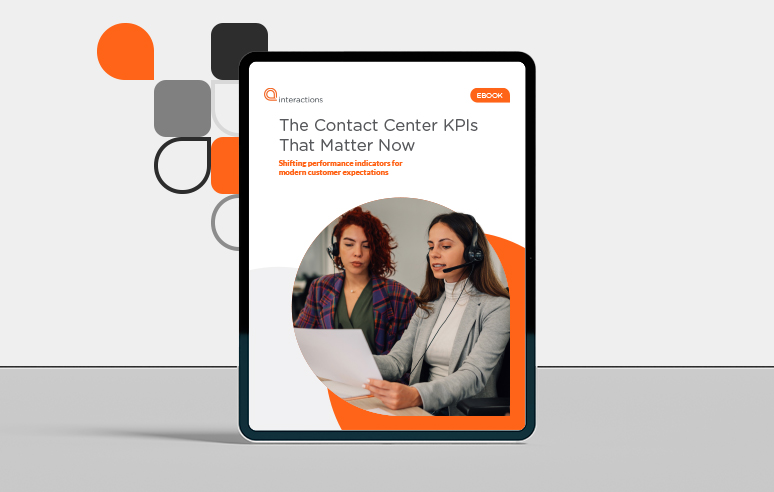Traditional contact center measurements – such as Speed to Answer, Containment, and Average Handle Time – focus primarily on increasing efficiencies in order to lower costs. Ultimately, however, these metrics are only capturing part of the story when it comes to one of your most important revenue drivers: your customers. Investing in the customer experience can have a dramatic impact on your business’ bottom line, but are your contact center measurement practices set up to gauge this effectively?
1. Measure the Whole Customer Experience
Measurements such as Average Handle Time, Containment and Cost per Call are the foundation of contact center metrics across the industry and will remain so for the foreseeable future. While these metrics are admittedly important to track, they are limited and focus narrowly on agent optimization. Instead, companies need to start thinking beyond macro metrics to focus on customer experiences.
Analyzing individual experiences, by contrast, allows you to evaluate each contact point and identify opportunities for improvement. A customer’s first touch point, regardless of the channel, is critically important as it sets the stage for the overall experience. Metrics such as Ease of Engagement track how easily and effectively a customer can accomplish what they want – a type of analysis that reveals bottlenecks or problem areas that need attention.
2. Expect More from Your IVR
Automated technologies were not originally developed with the goal of improving customer experience. The focus was on call containment, which is purely a cost-saving initiative. So the majority of legacy IVR systems in place today save some money, but at the expense of customer experience. This is an antiquated concept, because technology has evolved far past this point.
Today, natural language processing allows customers to communicate with automated systems using their own words. By this standard, today’s automated systems should be expected to do more than just save money – they should be seen as enabling customer care solutions that improve the customer experience.
3. Do More Than Just Contain Calls
Focusing on containing calls is too limited. It places all the value on containing an entire call, when the focus should be on containing minutes. A better way to think about this is in terms of transactional containment. Technology is at a point today where we can do things that would have been a challenge in the past, such as collecting email or street addresses. So, self-service can now be expanded to include transactions that were previously handled only by live agents. That said, in some cases, doing multiple transactions and sending a call to an agent to complete a process has tremendous value.
Instead of trying to trap customers in an IVR to cut costs, companies should think in terms of how much of a call actually needs to be contained. Again, this requires thinking in terms of containing minutes. There’s real value to partially automated transactions, and adding them up has significant financial benefit to a contact center. Thinking in terms of containing minutes makes the experience goal manageable because you don’t have to contain an entire call to achieve value.
Today’s automated customer care systems have evolved to a point where we should be expecting more than just cost-savings from these systems – we should be expecting them to reduce customer effort and improve the customer experience as well. The challenge, then, is ensuring your contact center metrics are clearly aligned with your technology goals so that you can clearly analyze individual experiences and make corrections as necessary.
Want to dive deeper into modern contact center metrics that drive real business results? Learn how to shift your measurement strategies to focus on customer experience, operational impact, and long-term success. Check out our eBook, The Contact Center KPIs That Matter Now — read it here.




